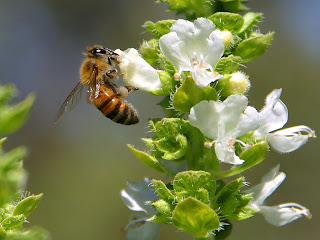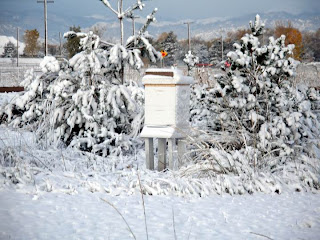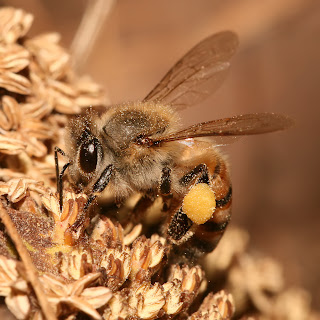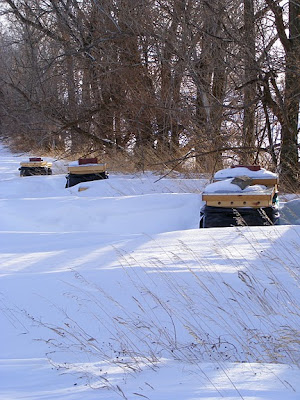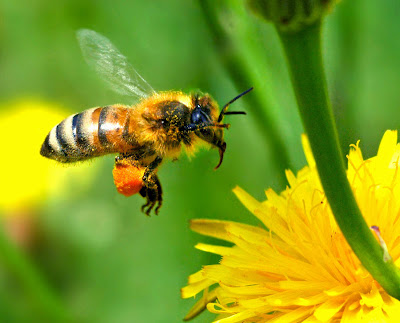After the hive is set up a beekeeper will need a few tools and bits of clothing in order to manage the hive.
1. Hive Tool:
It would be impossible to inspect a beehive without a hive tool. That is the beekeeper name for a pry bar. It is used to open and inspect hives, and scrape wax and propolis out of the hive. It can be an emergency hammer, scrape bee stingers off skin and pull nails. You can’t keep bees without one.
2. Smoker:
It is a misnomer to say that using smoke “calms” the bees. That isn’t what happens. The smoke distracts the bees, allowing the beekeeper to make an inspection or harvest frames of honey. It is basically a metal can with a bellows and a spout attached to it. Beekeepers get to start a fire inside it, close the lid and then use the smoke to manage the bees.
1. Hive Tool:
It would be impossible to inspect a beehive without a hive tool. That is the beekeeper name for a pry bar. It is used to open and inspect hives, and scrape wax and propolis out of the hive. It can be an emergency hammer, scrape bee stingers off skin and pull nails. You can’t keep bees without one.
2. Smoker:
It is a misnomer to say that using smoke “calms” the bees. That isn’t what happens. The smoke distracts the bees, allowing the beekeeper to make an inspection or harvest frames of honey. It is basically a metal can with a bellows and a spout attached to it. Beekeepers get to start a fire inside it, close the lid and then use the smoke to manage the bees.
